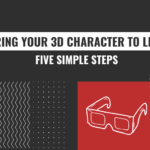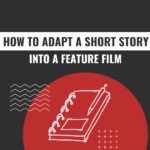The Art of Production Design: Who, Why, & How
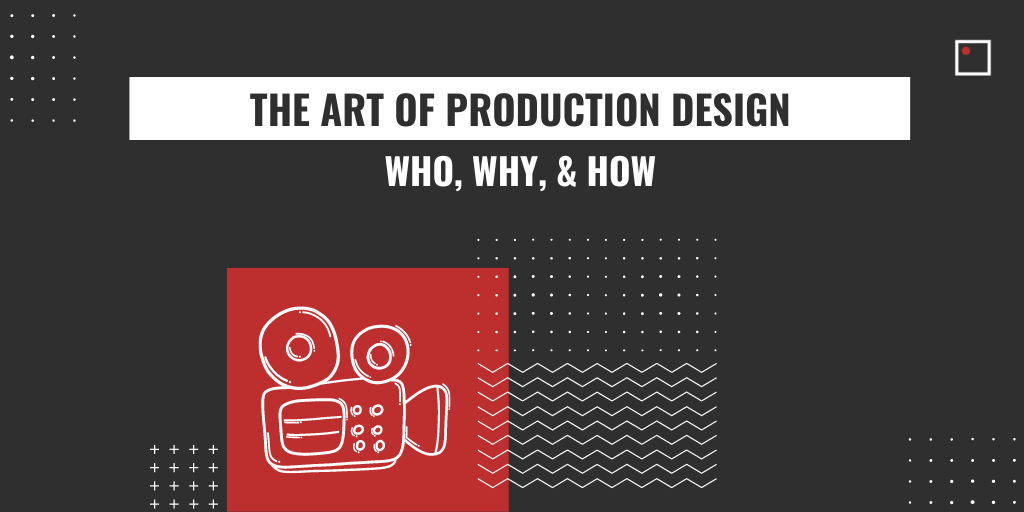
Written by Johnny Papan
The art department is in charge of the decorative, tangible visual aesthetic of cinema. It’s responsible for how a character dresses, why they dress that way, what their house looks like, what their job-cubicle looks like, etc, etc.
Every choice made by the art department is in service to subtly give audiences a deeper look into the world and characters.
“Generally speaking, I start with the character,” explains Charles Whiteway Wilkinson, who has worked both as a professional industry Production Designer and Art Director. “I think who’s room is this? Who are they? What do they do? Do they have kids? Are they single/married? Old/young? From here I determine the era, colours, quality of furniture, artwork, photograph, etc.”
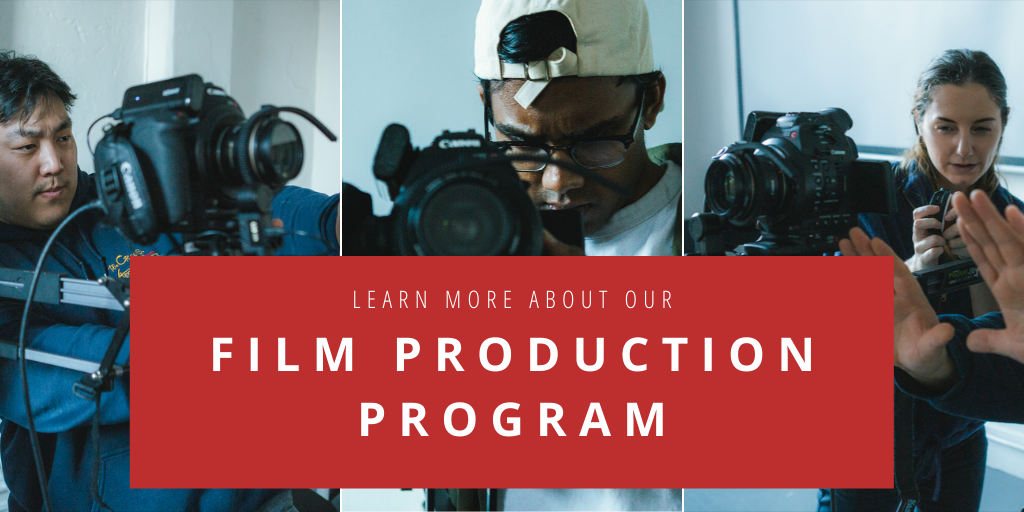
Click here to learn more about InFocus Film School’s Film Production Program!
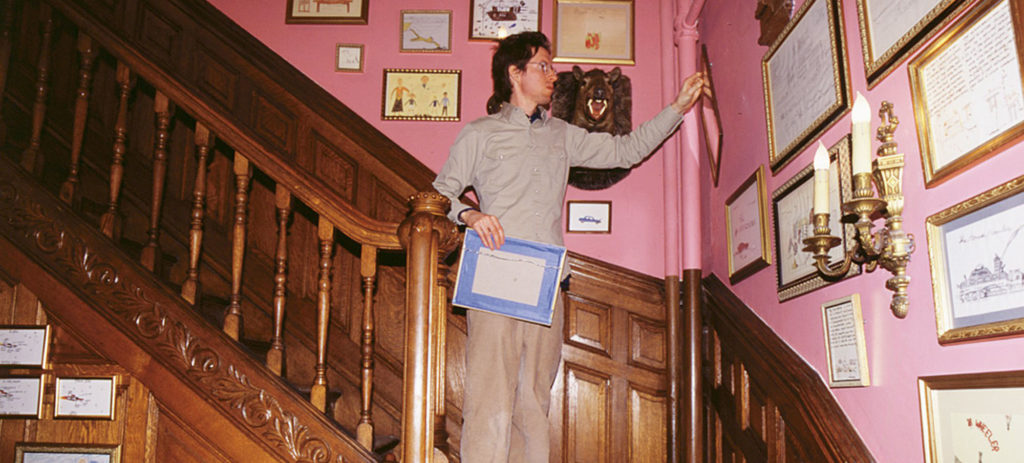
Wes Anderson on the set of The Grand Budapest Hotel
PRODUCTION DESIGNER VS. ART DIRECTOR
The Production Designer and the Art Director are the two main operators of the art department.
The Production Designer is the creative head. Their job is to collaborate with the Director and Cinematographer to create the look of the film with precise consideration of the visual appeal and stylistic integrity.
The Art Director takes on a more organizational role. They’re responsible for relaying information and tasks to the rest of the art department. The Art Director is also responsible for budgeting and can sometimes act as a liaison to other departments.
In a lot of ways, the Art Director is to the Production Designer what an Assistant Director is to the Director. On smaller shoots, the same person might fill both roles simultaneously.
Working with the Director and Cinematographer, the Production Designer and Art Director apply their creative and organizational skills to execute the entire look and mood of the film. They use textures, colour theory, location, and objects to coincide with cinematic style, world building, and character dynamics.
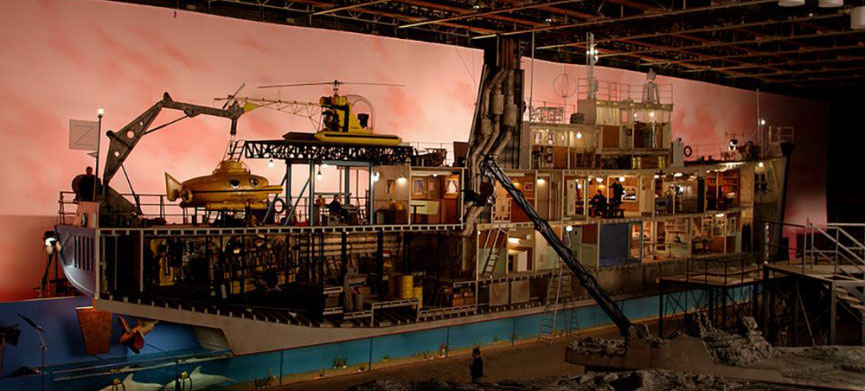
The Aquatic Life of Steve Zissou (2004)
DEFINING THE LOOK
During pre-production, the Production Designer creates a mood board—a collage of arranged images, colours, pieces of text, and other materials. Mood boards are used to convey their aesthetic vision to the Director and Cinematographer.
After the visual aspects of the film are agreed upon, the Art Director passes the information along to the Set Decorator. The Set Decorator is then responsible for gathering all the materials needed while staying within the department’s allocated budget.
Production Design can be a meticulous process, especially when it comes to period pieces. If you’re working on a 1940s mobster film, all the decor, art, clothes, and cars should be from that era. A crime boss with a minimalist desk from Ikea feels ingenuine and can distract audiences from the scene.
Details are everything when it comes to art in film. Everything from the finish of a desk to the stitching on a specific fabric must be considered, researched, and placed with purpose.
As Wilkinson says, “It’s really all about bringing the characters to life, giving them a history and a future. Character development is so crucial to bring the environment to life. When creating sets that are public spaces—for instance a row of stores or a public library—you need extensively research the architecture and graphics for whatever era you are filming and whether what you are creating will tie in with the rest of the film.”
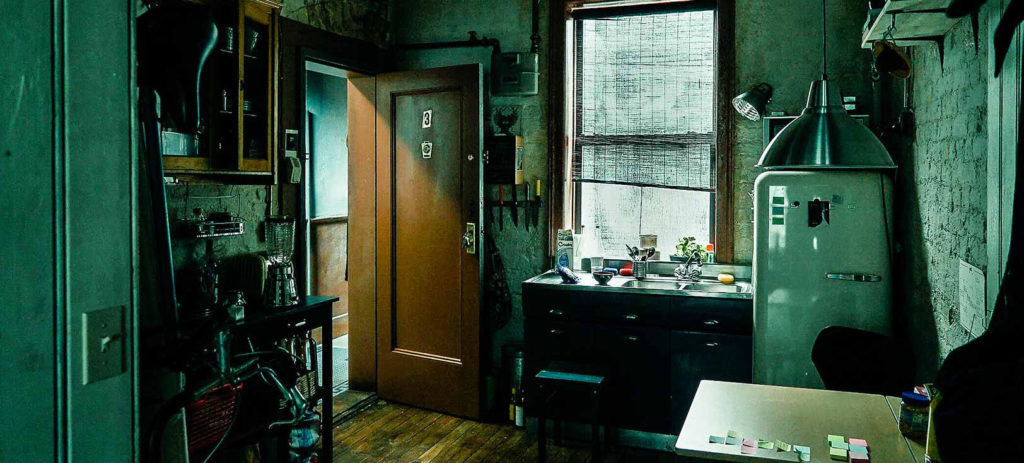
Return to Montauk (2017)
START WITH THE SCRIPT
A script breakdown is one of the most important jobs in pre-production. The process of breaking down a script determines the film’s macro and micro visual elements.
Every prop, costume, vehicle, decorative element, etc. are highlighted in the script and aligned with the creative team’s vision. Adjustments are made, including the addition or subtraction of certain elements in the script. Even changes as small as a bloodstain on a shirt is accounted for, since the team will then need to budget for multiples of the same clothing.
“When doing script breakdowns, it’s important to go beyond the script and create the entire universe of the characters. Channeling that is important.” Wilkinson states. “I would recommend getting a good knowledge of the thrift stores and online marketplaces to source cheap or free dressing and props. Having a great team is also the biggest asset you have when designing, especially when you are on a tight budget. Pooling ideas from your team is a sure way to get the items you need quickly and cheaply.”

The workspace of Production Designer Matt Gant
DIVING INTO THE ART DEPARTMENT
Hold your horses! To break into the art department, it’s important to first learn as much as you can outside of the job—especially health and safety regulations.
You might want to consider offering a helping hand on low-budget short films to start. Going into the industry, your greatest assets will be experience and confidence in the job.
Depending on the size of the project, pre-production can range from a few short days to many long months. The size of the team will also vary from just an Art Director and an assistant to a full team of cogs to run the visual creation machine. Entry-level positions range from your average Production Assistant to an Art Assistant.
“We are the first ones in and last ones out usually. There is a massive amount of people-hours that go into creating sets—from the concept of ideas to building studios sets and props.”
Wilkinson concludes: “Creating a universe from a script is one of my favourite parts about the job. Delving into character development and making a universe around the characters is great. It also brings me to places I have never been to before. Study of different cultures and architecture from different countries [for example]. It really has its perks.”
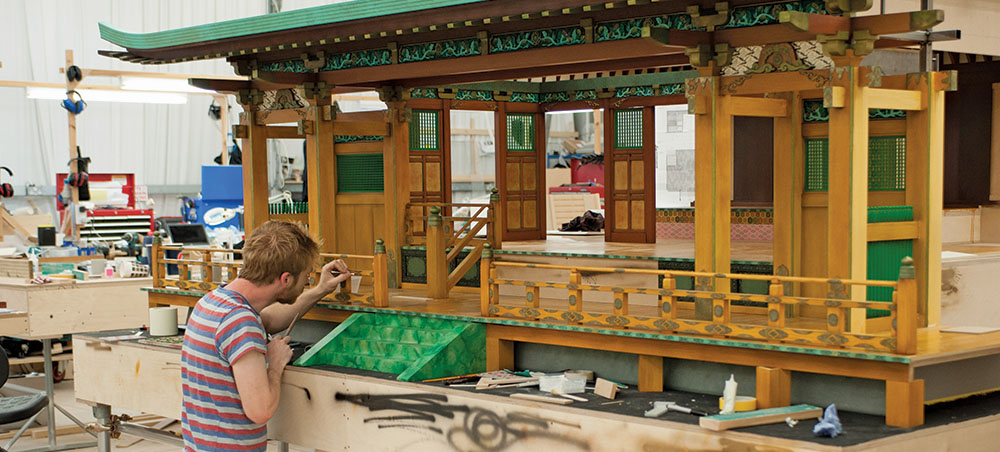
Isle of Dogs (2018)
Art Department not for you? Luckily, the film industry has lots of career paths available:
The Beginner’s Guide to Working as an Extra
Assistant Directors: The Unsung Heroes of the Film Industry
Script Supervisors: The Eyes & Ears of Continuity
The Invisible World of the Foley Artist




